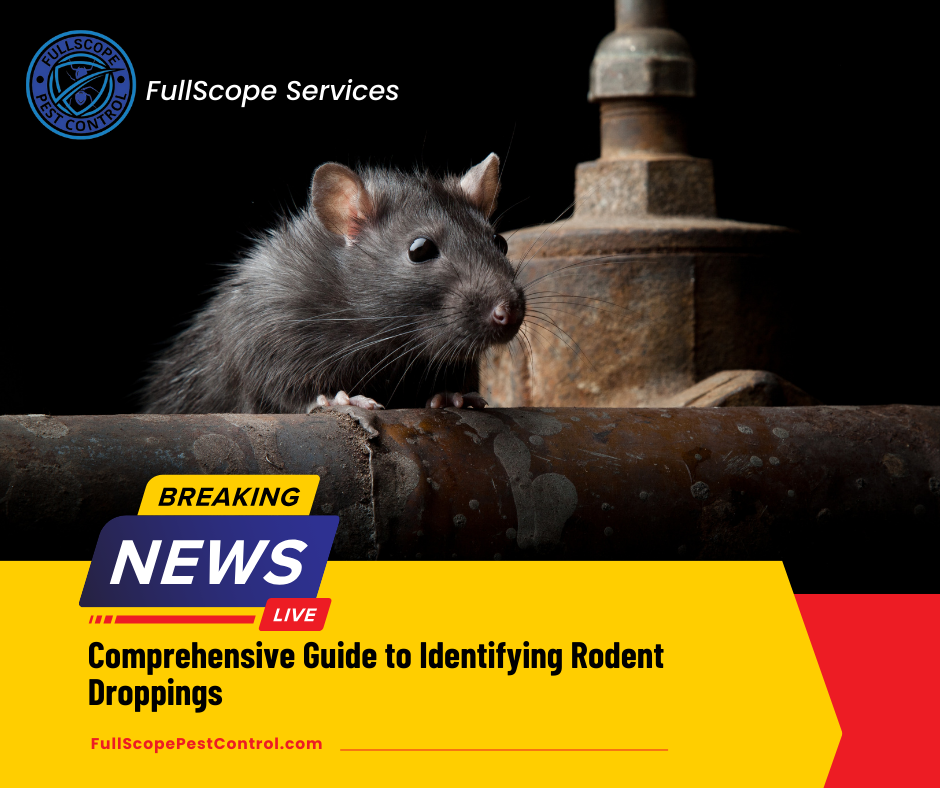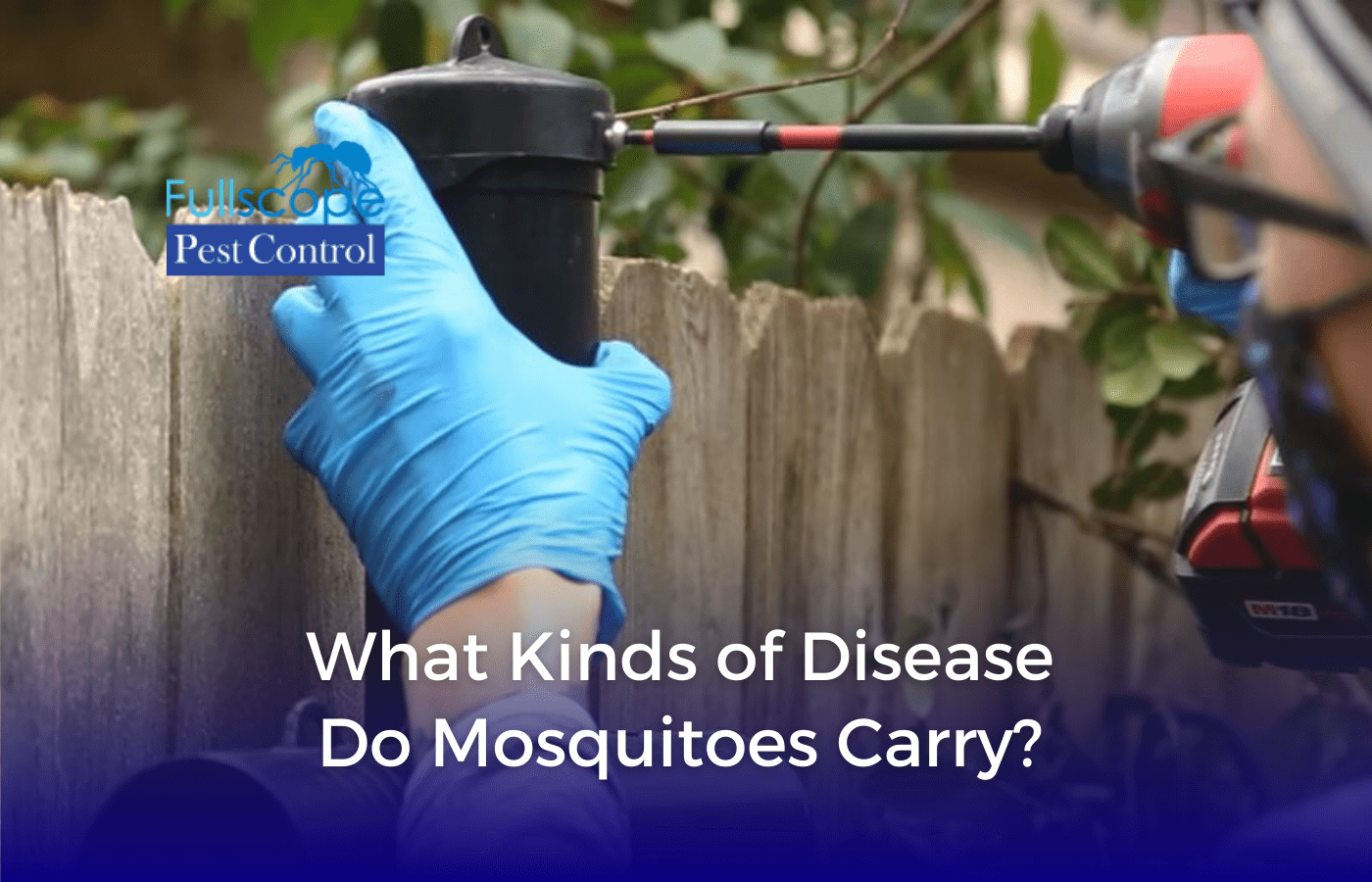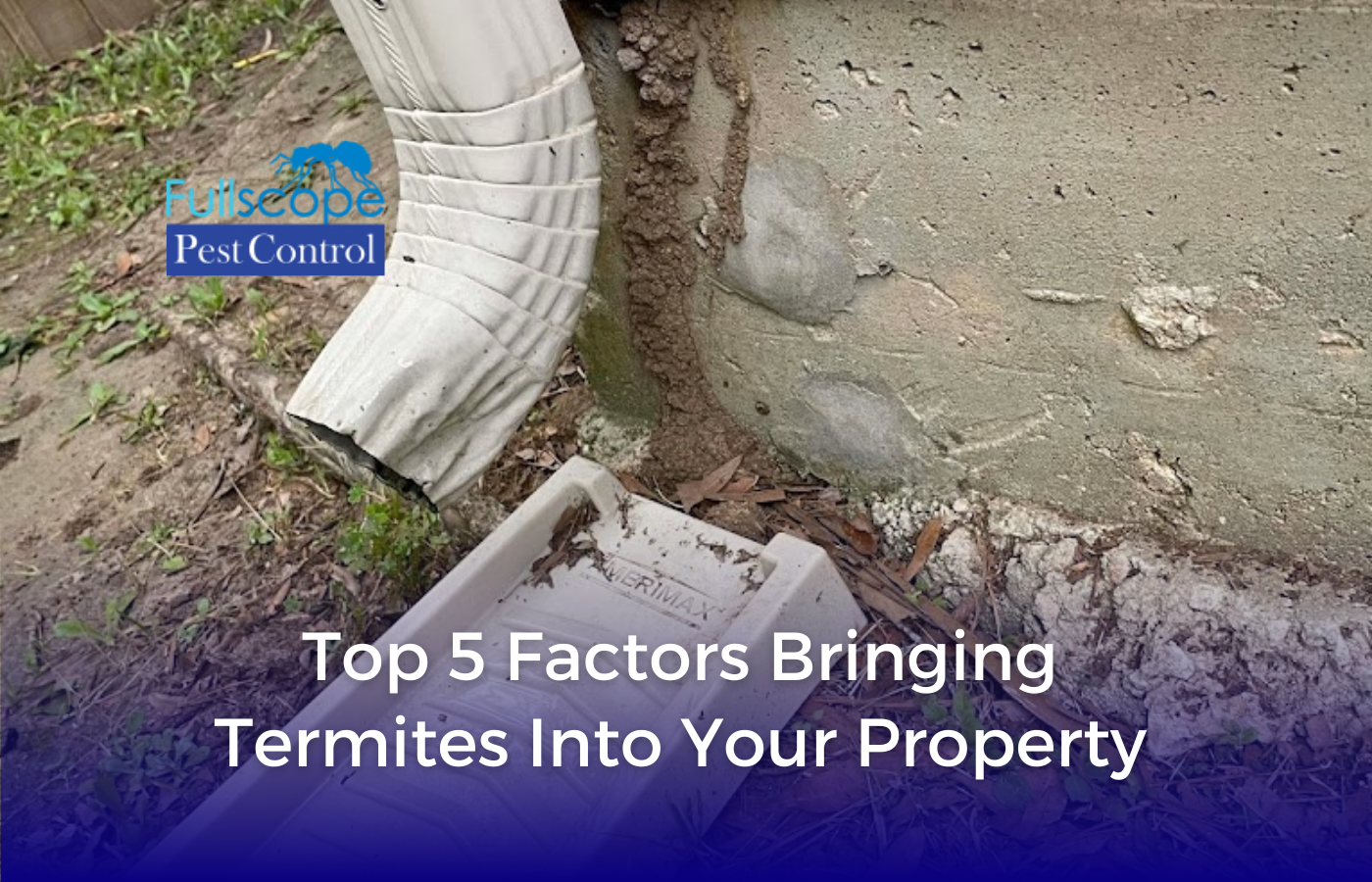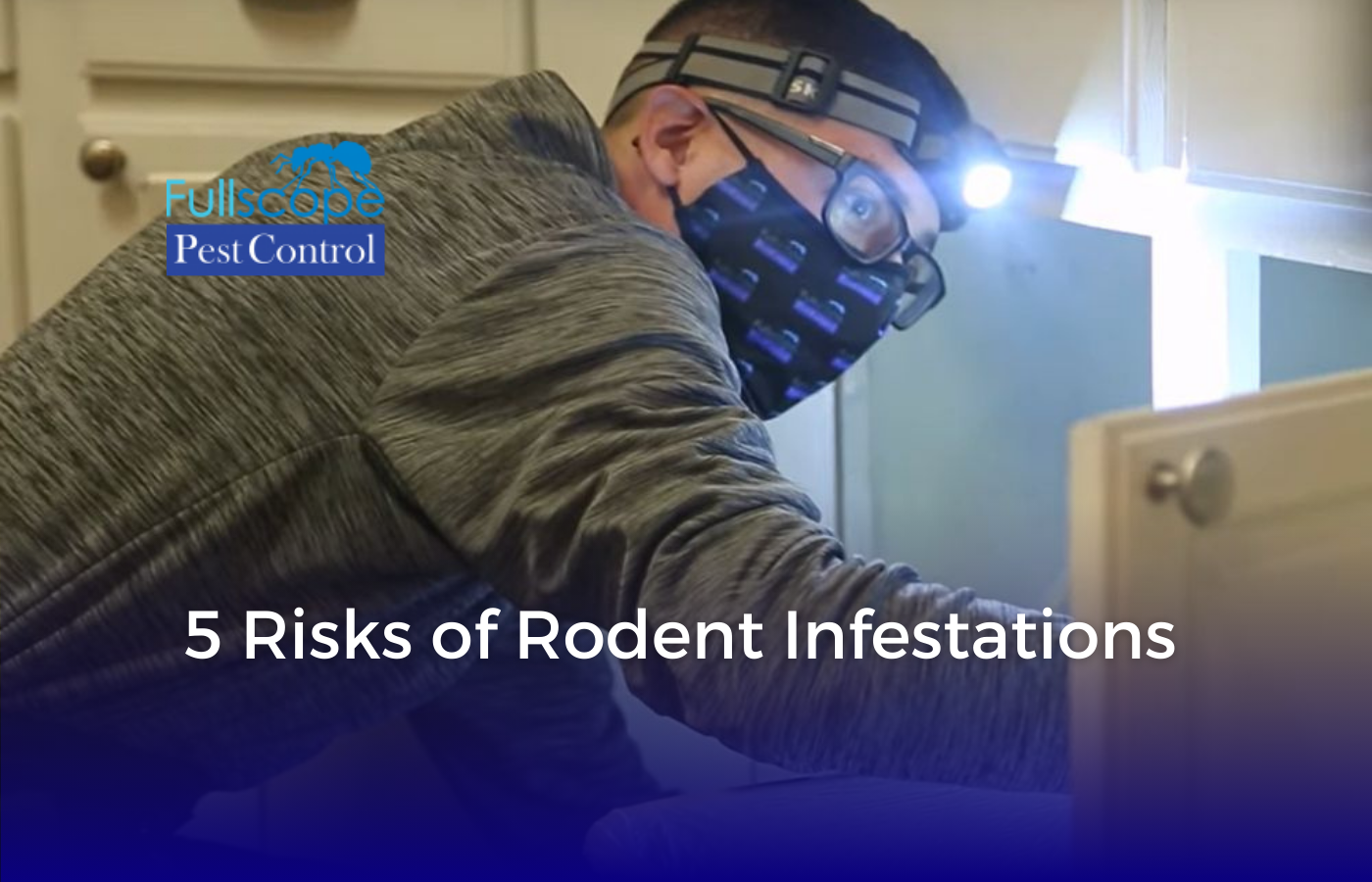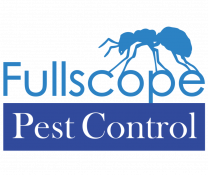Rodents, such as mice and rats, are unwelcome guests in homes and businesses. One of the key indicators of a rodent infestation is their droppings. In this article, we will provide a detailed guide on how to identify rodent droppings, the potential risks they pose, and effective prevention methods. Understanding these aspects is crucial for maintaining a clean and healthy environment.
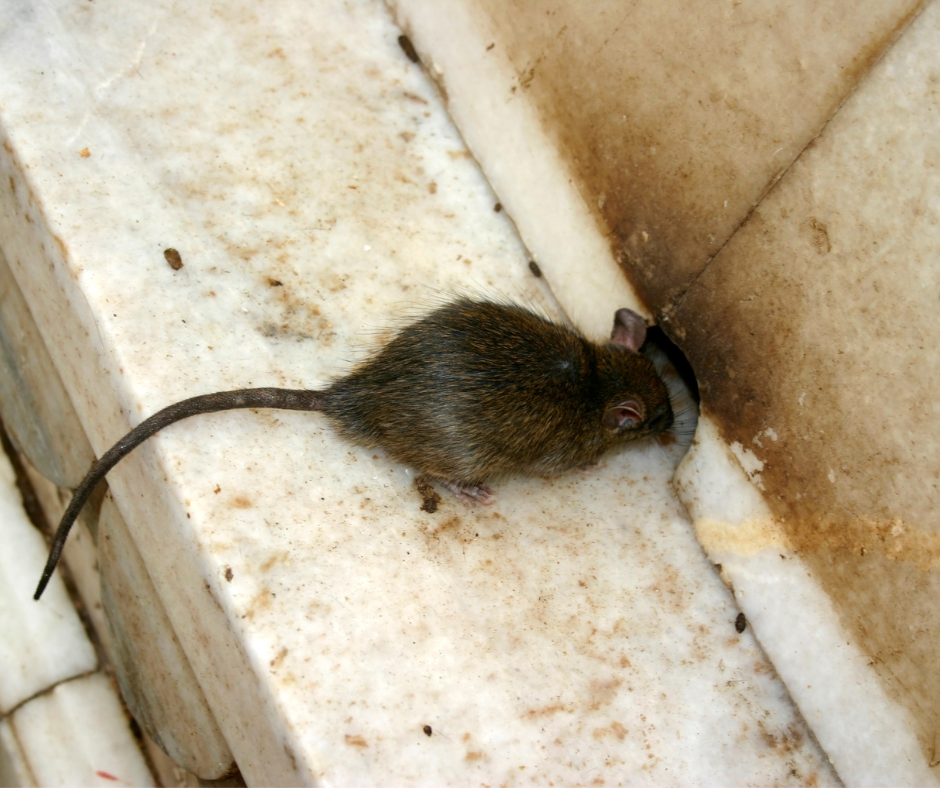
Why Identify Rodent Droppings?
Understanding the significance of identifying rodent droppings is the first step in effective pest management. Rodent droppings can carry harmful bacteria and pathogens that pose health risks to humans. By recognizing these signs early on, you can take swift action to address the issue and prevent further infestations.
Characteristics of Rodent Droppings
Differentiating between rodent droppings and those of other pests is essential for accurate identification. Discuss the size, shape, color, and texture of rodent droppings. For instance, mouse droppings are typically smaller and more slender than those of rats. Including images or illustrations can enhance the reader’s understanding.
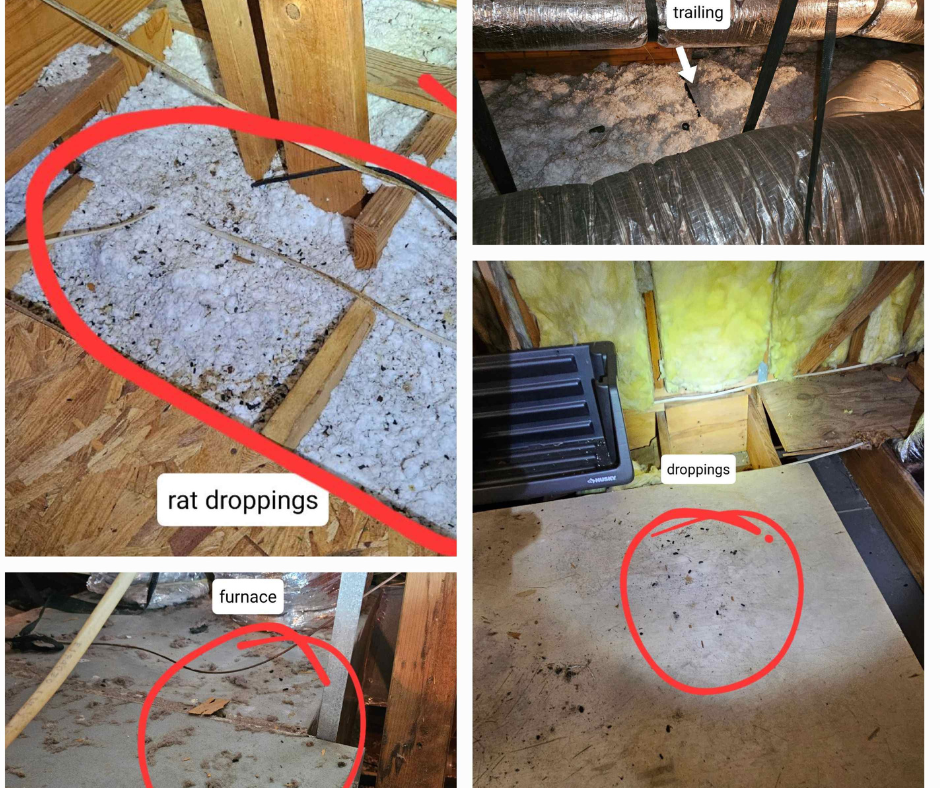
Common Areas for Rodent Droppings
Highlight places where rodents are likely to leave droppings in homes or businesses. This could include attics, basements, kitchens, and storage areas. Emphasize the importance of regularly inspecting these spaces to detect and address rodent infestations promptly.
Health Risks Associated with Rodent Droppings
Examine the potential health hazards associated with exposure to rodent droppings. Discuss diseases that can be transmitted through contact or inhalation, emphasizing the importance of proper cleaning and sanitation procedures.
Prevention and Control Measures
Provide practical tips on preventing rodent infestations and maintaining a rodent-free environment. This could include sealing entry points, proper waste management, and the use of traps or deterrents. Highlight the significance of regular inspections and proactive measures.
Professional Pest Control Services
Acknowledge that severe infestations may require the expertise of professional pest control services. Once rodents have made entry into a home trapping alone will not solve the problem, prevention and sealing entry points is necessay. Discuss the benefits of seeking professional help and the various methods they employ to address rodent issues effectively.
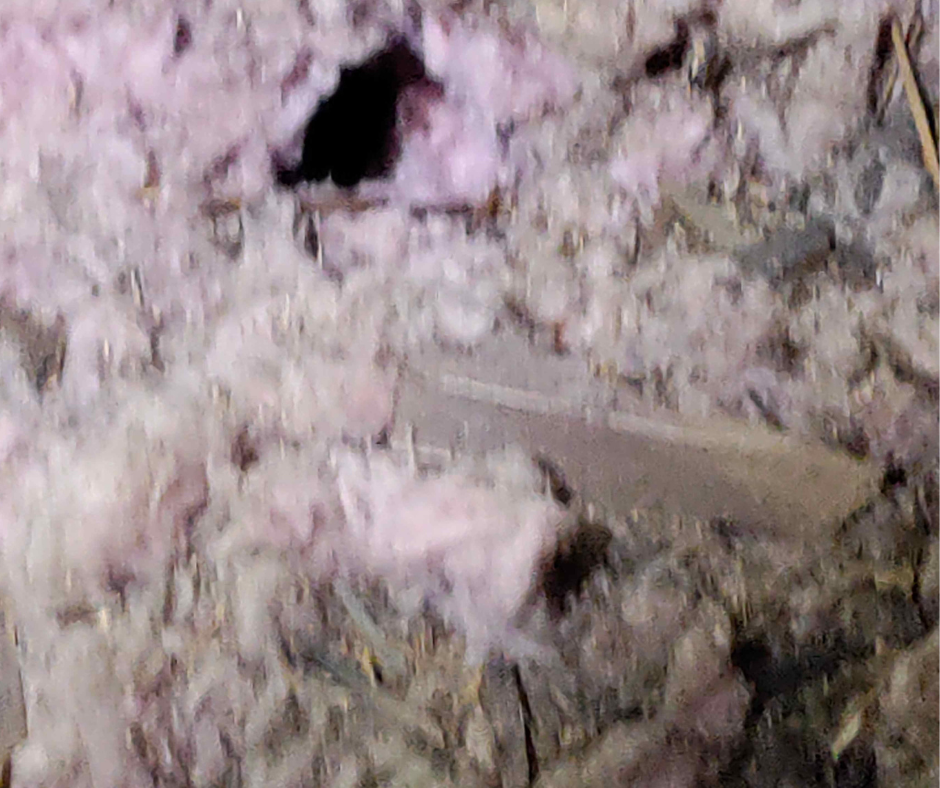
Conclusion
It is important to identify and located rodent droppings, know the characterstics of rodent dropping, as well as understand the health hazard involved with excessive levels of droppings. In most cases when you identify rodent activity, through sound, site or smells, it is time to consult a professional in rodent removal. Experience matters in this instance, identifing every potential opening and performing high quality exclusion work will fortify your home or office to prevent rodent re-entry.

